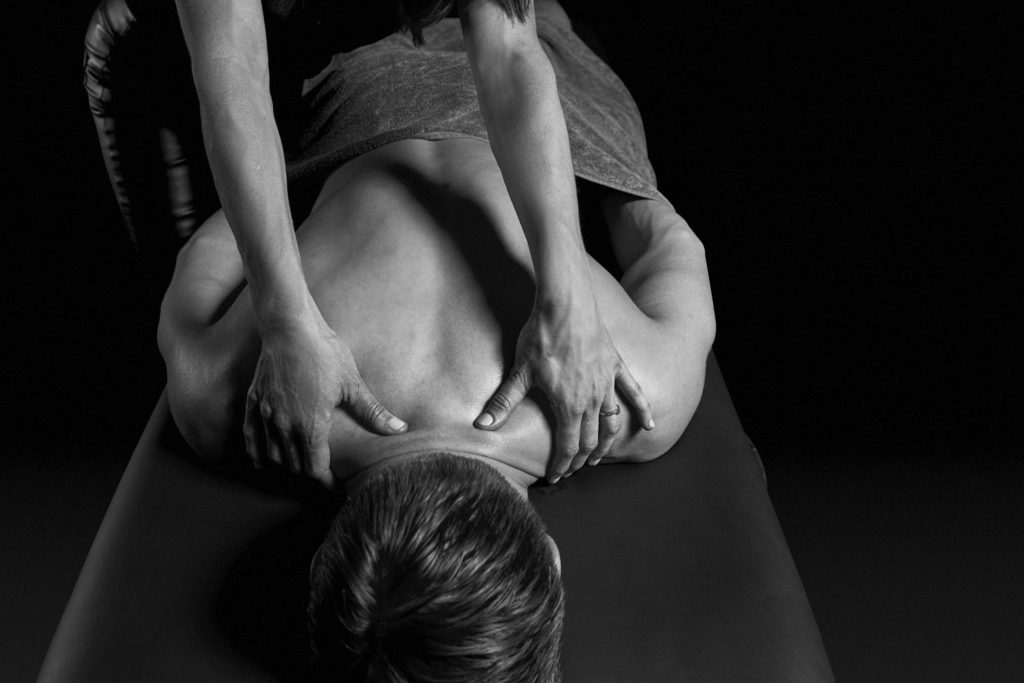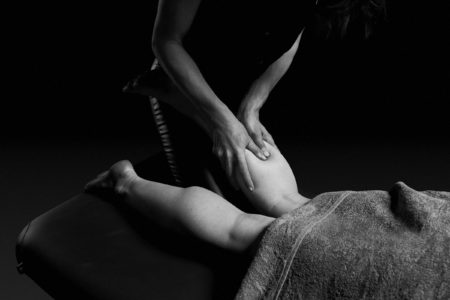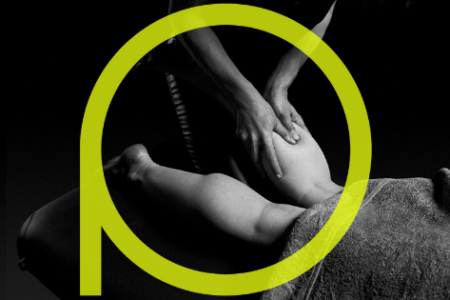Suite 3, Ground Floor, The Gateway,
312 St Kilda Road, Southbank, VIC, 3006
Swelling And Lymphatic Disorder
Lymphoedema is characterized by a compromised or a defect in the lymphatic system that causes limb swelling. Impaired uptake and transport of lymphatic fluid through lymphatic vessels causes accumulation of fluid, which leads to prolonged swelling of the limb. Primary lymphoedema often presents at birth or without known trauma to the lymphatic system. Secondary lymphoedema presents after damage or trauma to the lymphatic system (eg. lymph node removal), after an injury or surgery (eg. stubborn fluid build up during post-surgical recovery), or can be a symptom of an illness.
- Upper Limb Oedema
- Lower Limb Oedema
Lymphoedema is characterized by a compromised or a defect in the lymphatic system that causes limb swelling. Impaired uptake and transport of lymphatic fluid through lymphatic vessels causes accumulation of fluid, which leads to prolonged swelling of the limb. Primary lymphoedema often presents at birth or without known trauma to the lymphatic system. Secondary lymphoedema presents after damage or trauma to the lymphatic system (eg. lymph node removal), after an injury or surgery (eg. stubborn fluid build up during post-surgical recovery), or can be a symptom of an illness.
Upper Limb Oedema
Primary Upper Limb Edema often presents after axillary node removal which alters the efficacy of the upper limb lymphatic system – node removal is commonly paired with a mastectomy.
Secondary Upper Limb Oedema may present over an area of local inflammation (e.g. post-injury shoulder surgery or infection such as cellulitis).
Lower Limb Oedema
Much with upper limb oedema, lower limb oedema is categorised as primary or secondary. Primary Lower Limb Oedema is the most commonly diagnosed Lymphedema, when the body’s own lymphatic system is compromised within. Secondary Lower Limb Edema may present over an area of local inflammation (e.g. after an ankle or knee injury).
Treatment for Oedema
At Performance Medicine, our practitioners may utilise a treatment modality called Manual Lymphatic Drainage (MLD). Most commonly, MLD can be utilised to move stubborn swelling and fluid build up when:
- Recovering from surgery or injury where there is large volume of swelling
- Lymphoedema (Primary & Secondary)
- Lymph system dysfunction/trauma (eg. lymph node removal)
- Infection recovery (eg. sinusitis)
MLD is a type of gentle massage that aims to assist the lymph system in the drainage of lymph – the fluid that carries waste products away from your tissue for processing. MLD uses a rhythmic circular or pump-like movements to stimulate lymph flow.

Related Practitioners
Luca Negri (he/him)
Myotherapist
Hayley Montgomery (she/her)
Remedial Massage/Myotherapist







